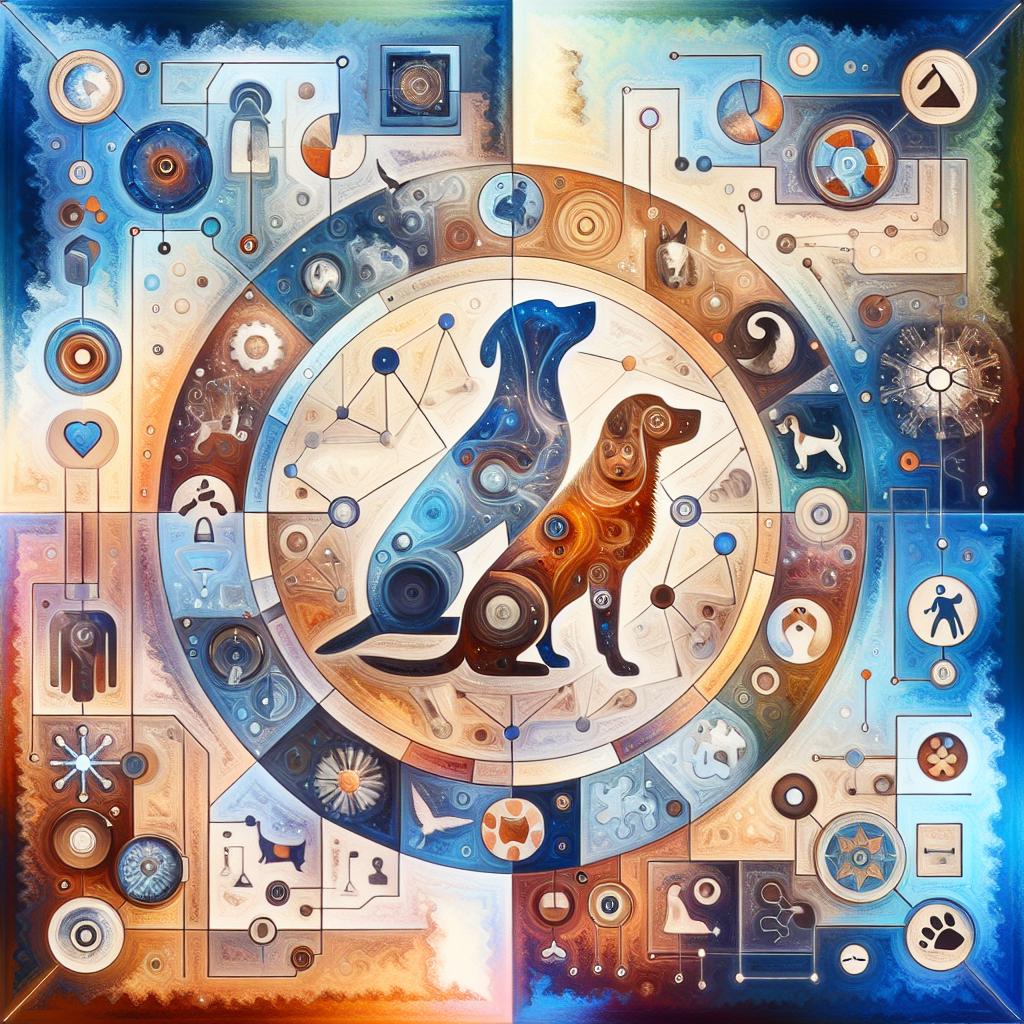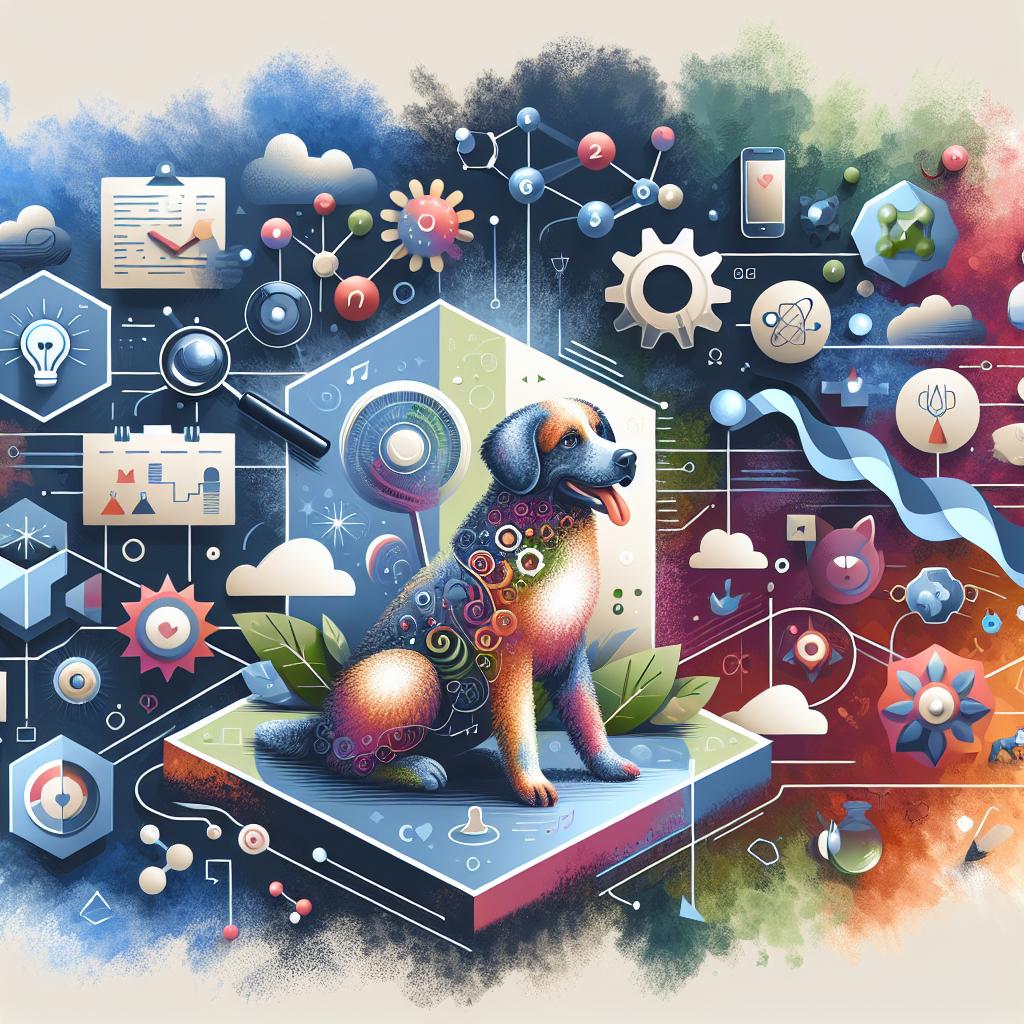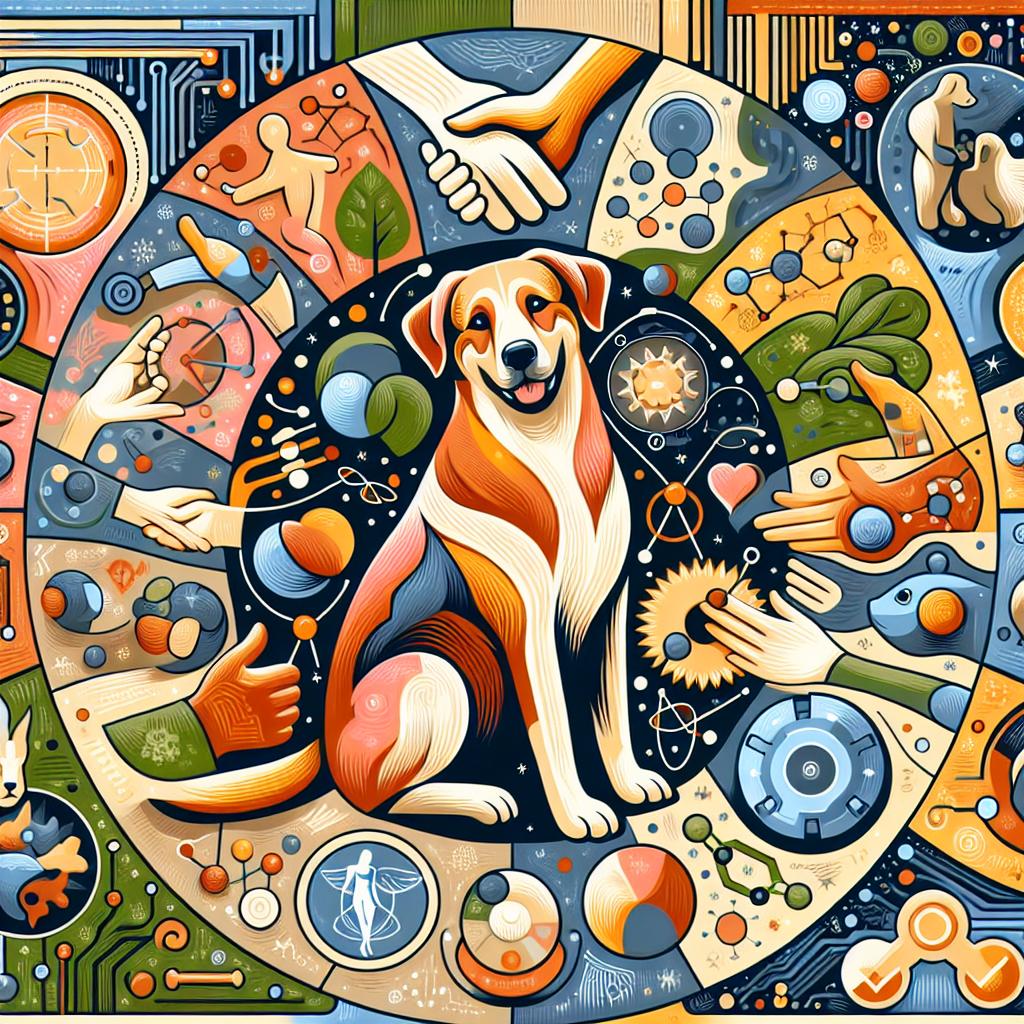Socializing Your Dog: Key Steps for Positive Behavior
Welcoming a dog into your life is akin to opening a door to a world brimming wiht joy, companionship, and adventure. However, just as we humans rely on social interactions to thrive, so to do our canine companions. Socializing your dog is not merely a suggestion—it’s a vital part of ensuring their happiness and well-being. From playful puppyhood to the adventurous years of adulthood, the process of socialization shapes a dog’s behavior, influences their temperament, and helps them navigate the complexities of the world around them.In this article, we will explore essential steps to effectively socialize your dog, fostering positive behaviors that not only enhance their life but also strengthen the bond between you and your furry friend. Whether you’re a new dog owner or looking to refine your approach, our guide will equip you with the tools and insights needed to nurture a well-adjusted and confident canine companion.
Understanding the Importance of Early Socialization
Early socialization plays a crucial role in shaping a well-adjusted canine companion. It involves exposing your puppy to various people,environments,and experiences,allowing them to develop confidence and comfort in diverse situations. This phase of learning is critical, as the impressions made during this period can influence behaviors for the rest of their lives. Socialized dogs are typically more adaptable,less fearful,and better equipped to handle potential challenges in their environment. To achieve these positive traits, ensure your puppy is introduced to a variety of stimuli during their first few months.
When considering how to socialize your dog, focus on these key experiences:
- meeting diffrent people, including those with various appearances and behaviors
- Exploring new environments, such as parks, busy streets, and quiet areas
- Encounters with other animals, from friendly dogs to calm cats
Creating a structured plan that includes these elements can significantly enhance your dog’s social skills. A accomplished approach frequently enough includes incorporating positive reinforcement strategies, helping to reinforce desirable behaviors while minimizing fear and anxiety. Remember, the goal is to create a confident and social canine companion who thrives in a variety of situations.
Creating a Positive Socialization Environment
Establishing an inviting atmosphere for your dog’s socialization is crucial for fostering positive interactions. Start by selecting a safe and cozy space where your dog feels at ease. this can be your backyard, a local park, or a designated dog-friendly area. ensure that the environment is free from overwhelming stimuli such as loud noises, heavy foot traffic, or aggressive animals. A controlled setting allows your dog to explore at their own pace, which can significantly reduce anxiety and promote confidence. Aim for gatherings with calm and well-behaved dogs to create a sense of security for your pup.
Furthermore, consider incorporating structured activities that encourage interaction while maintaining a positive atmosphere. Engaging games like fetch or agility courses can serve as an effective icebreaker. Here are some tips to enhance the experience:
- Positive Reinforcement: Reward your dog with treats and praise for good behavior, which will reinforce their desire to socialize.
- Short Sessions: Keep socialization sessions brief to prevent overstimulation and stress.
- Gradual Exposure: Introduce new dogs and people slowly, allowing your dog to adjust without feeling overwhelmed.
| Socialization Activity | Benefits |
|---|---|
| Playdates | Builds trust and friendship |
| Training Classes | Encourages focus and discipline |
| Fetch & Games | enhances bonding and fun |

Effective Techniques for Introducing Your Dog to New Experiences
Introducing your dog to new experiences can be a rewarding endeavor, fostering trust and reducing anxiety in various situations. Start by ensuring that your dog’s initial encounters are positive and stress-free. Begin with short, controlled exposures to new environments or stimuli—like different parks, other animals, or bustling areas.Carry treats to reward your dog for calm behavior during these introductions. The key is to maintain a relaxed demeanor and to take things at your dog’s pace, allowing them to gradually acclimate without feeling overwhelmed.
observe your dog’s body language throughout the process. Signs of comfort may include relaxed ears, an upright posture, and wagging tails, while caution might reveal itself in lowered tails, rigid bodies, or avoidance behaviors. Use these observations to tailor your approach: if your dog shows signs of stress, consider backing off or creating distance from the trigger. Incorporating a few effective strategies can enhance this experience:
- Short Outings: Limit the duration of each new experience initially to avoid overstimulation.
- Positive Reinforcement: Use favorite treats or toys to create a positive association with new experiences.
- Playdates: Arrange meetings with well-socialized dogs to help your dog learn behavioral cues.

Monitoring Progress and Reinforcing Positive Interactions
To ensure that your dog is thriving in social situations, it’s vital to maintain a consistent approach to monitoring their progress. Keep a journal or use an app to track key behaviors during interactions with other dogs and humans. Documenting the following can help you identify patterns and areas for improvement:
- Positive Reactions: Note instances where your dog displays calmness, playfulness, or approachability.
- Signs of Stress: Record behavior such as hiding, barking, or excessive tail tucking.
- Response to Commands: Monitor how quickly your dog responds to cues like “sit,” “stay,” or “come.”
Reinforcing positive interactions is equally crucial for shaping your dog’s future behavior.Whenever your dog engages positively with others, be sure to reward them instantly. This can be done through verbal praise, treats, or playtime. To streamline this process, consider using a simple reinforcement schedule:
| Interaction Type | Reward Type | Timing |
|---|---|---|
| Meeting New Dogs | Treats + Praise | Immediately after interaction |
| Playing Off-Leash | Playtime + toys | During play |
| Calm Behavior Around Strangers | Verbal Praise | Within seconds of good behavior |
Q&A
Q&A: Socializing Your Dog – Key Steps for Positive Behavior
Q1: Why is socializing my dog important?
A: Socializing your dog is crucial for their overall development and well-being. It helps them learn how to interact appropriately with other dogs, people, and various environments.A well-socialized dog tends to be more confident, less fearful, and is less likely to develop behavioral issues such as aggression or anxiety.
Q2: When should I start socializing my dog?
A: the best time to start socializing your dog is during their critical development period, which is generally between 3 to 14 weeks of age. Though, it’s never too late to socialize your dog! Even adult dogs can benefit from gradual exposure to new experiences, allowing them to thrive in different environments.
Q3: What are some effective ways to socialize my dog?
A: Start by introducing your dog to a variety of people, pets, sights, and sounds in controlled environments. consider the following activities:
- Puppy Classes: Enroll in a local puppy training class where they can meet other puppies and learn basic commands.
- Dog Parks: Supervised visits to dog parks can provide opportunities for play and interaction.
- Leashed Walks: Walk your dog in different neighborhoods to expose them to diverse stimuli, from new smells to various people and other dogs.
- Positive Reinforcement: use treats and praise to reinforce positive interactions, helping your dog associate new experiences with good feelings.
Q4: What should I do if my dog shows fear or aggression?
A: First, don’t force your dog into situations that cause anxiety. instead, take a step back and assess the trigger. Gradually desensitize them to the fearful stimulus while providing positive reinforcement. if aggression is a concern, consider consulting a professional dog trainer or behaviorist who can offer tailored strategies for your dog’s specific needs.
Q5: Are there signs that my dog is well-socialized?
A: Yes! Well-socialized dogs typically exhibit calm behavior in various situations. Signs include relaxed body language, willingness to approach new people or dogs, and an ability to play nicely without excessive barking or lunging. If your dog can handle unexpected noises or environments with ease, that’s a great indicator of successful socialization.
Q6: Can my home environment affect my dog’s socialization?
A: Absolutely! The dynamics of your home, including how you interact with your dog and the presence of family members or other pets, play a significant role in their socialization. Encourage positive interactions at home and expose your dog to different scenarios,like hosting friends or introducing them to other pets,to create a well-rounded social experience.
Q7: How long does the socialization process take?
A: Socialization is an ongoing journey throughout your dog’s life. While the initial stage focuses on exposure during their early months,continued positive experiences should be integrated regularly. The goal is to create adaptable dogs comfortable in varying environments and situations, so continue to build on their skills as they age.
By following these key steps and nurturing a supportive environment, you can help your dog embrace the world around them, leading to a happy, confident companion!
Closing Remarks
socializing your dog is not merely a phase—it’s a lifelong journey that fosters confidence, happiness, and positive behavior. By implementing the key steps outlined in this article, you can facilitate effective interactions and create a well-adjusted companion who thrives in various environments. Remember that patience and consistency are your best allies, and every small victory in socialization is a step toward a more harmonious bond between you and your furry friend. As you navigate this process, cherish the moments of curiosity and joy that arise. Together, you can unlock the door to a world where your dog feels secure, engaged, and ready to embrace new experiences. So, lace up those walking shoes, gather your treats, and embark on this enriching adventure with your canine companion—it’s a path that leads to a happier, more social dog and a deeper connection between you both.

